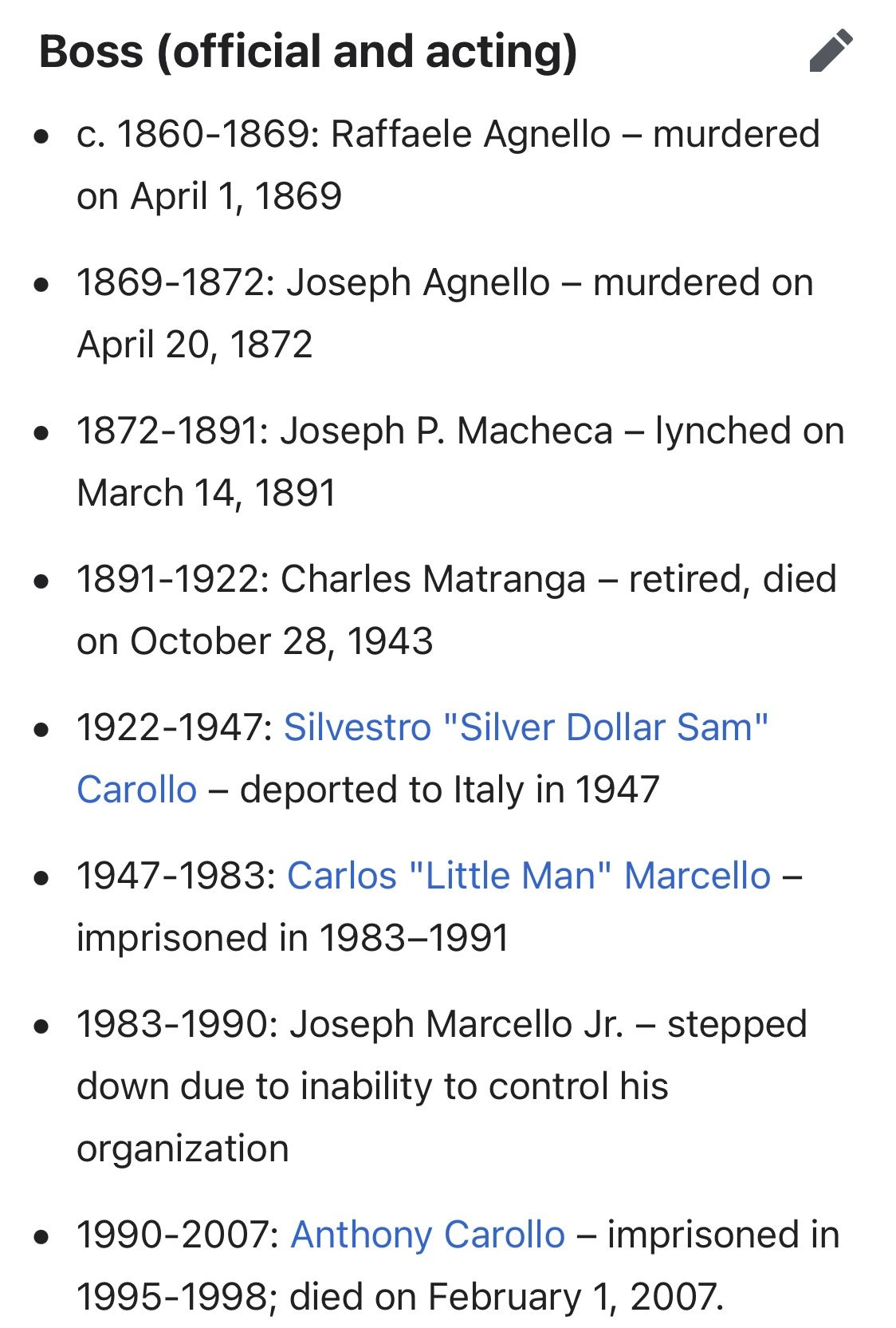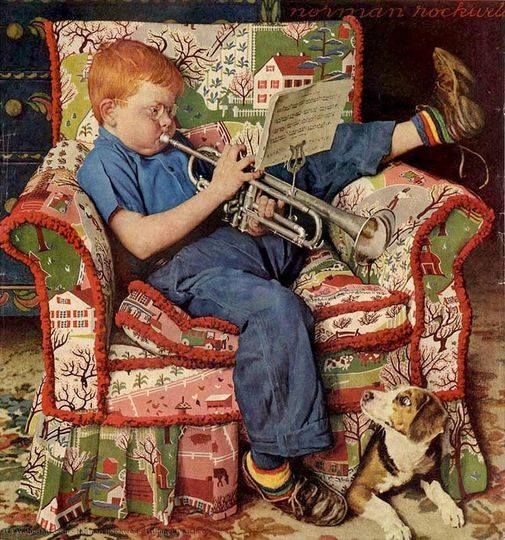“Breathe Again” = “Live Again”
After Covid, Playing Trumpet Taught Me How to Breathe Again
The benefits of group (music) therapy.
By Shea Tuttle
Nov. 29, 2022, 5:00 a.m. ET
Our director stepped onto the podium, and the auditorium stilled to an expectant silence. The black sequins on her conducting dress flared in the stage lights; the audience behind her was lost to the glare. With a glance and a whispered word, she gave us final instructions. As she raised her baton, we all breathed in time; on the downbeat, we exploded into sound. The song was “The Hounds of Spring,” by Alfred Reed, and I can still hear the opening bars. That concert, the entirety of which felt downright enchanted, propelled me into music college, where I studied music education, learning the basics of a dozen instruments so I could teach them someday. After a year, I turned in my loaner instruments, transferred to a new school and changed my major. At 18, I wanted to save the world, and I thought I could do it better some other way.
Two decades later, in November 2020, worn out by lockdown, I longed to use my mind for something other than worry, to fill my living room with a sound that wasn’t the tinny, competing voices of my children’s virtual school. I played the trumpet for only a couple of months during college, after working with woodwinds and strings in high school, and I imagined studying fingering charts again and summoning a sense memory of correct embouchure. I messaged my middle-school band director, a brass player, and we swapped listings until I sent her the model number of a solid, beginner-level trumpet for $70. Two minutes later, her reply: “Oh, yes! Grab it!” Reconnecting with the trumpet was a delight, but playing alone in my living room was a discipline I didn’t keep for long.
Covid caught up to me in May of this year. My symptoms were not dangerous, but they were persistent; I counted 12 days, 14, 16, and I still couldn’t eat normally or function for more than a few hours without exhaustion and physical pain. My mental-health symptoms, meanwhile, were devastating and worsened as the days passed. I couldn’t see the point of anything; I couldn’t stop crying; I couldn’t imagine a time when these things would change.
I left the house, in those days, only to go to my daughter’s softball games, a five-minute drive from home, where I could prop myself in a camp chair yards from anyone else, sip Gatorade and feel the sun on my back. If life is pointless, I thought, thank God for softball. And then I thought, OK — if life is pointless, then why not do some things just because they’re fun?
So I decided to relearn trumpet in a more committed way: by joining a community band. I found a no-audition ensemble near me and filled out the online interest form. I received a welcome text from my new section leader and a card in the mail, telling me how the band was sure to be better because I had joined. The first time I attended rehearsal, I played a single note, badly, then spent the rest of the 90 minutes listening. Throughout the following week, I practiced at home every day, switching on the metronome and playing long tones until my lips gave out. When the next Tuesday evening rolled around, I could play. Not well, but well enough. It felt astonishing, a revelation: Sometimes, things get better instead of worse.
The trumpet only has three keys, called valves, which are played in seven combinations to make all of the possible notes. Depressing the first valve, for instance, can produce a low B-flat, an F, a higher B-flat, a D and several other notes I can’t reach. The difference between one and another depends on the frequency of the lips’ buzz. It is equal parts science and art. And it’s more difficult than I remembered.
Nonetheless, on Tuesday nights, I grab my $70 trumpet and load my backpack with music, stand, mute, fingering chart, valve oil and slide grease, plus a towel to catch the mix of spit and condensation that brass players insist on calling “water.” I slip in the door, nodding to my fellow third trumpets as I set up and warm up. When the conductor — the volunteer director of this band for 42 years — raises his baton, I count like mad, leave out the notes I know full well I can’t hit and do my best on the others. I spend rehearsal listening, hard, to try to merge myself into the whole. Seventy of us — blue-collar workers and office administrators and retirees, woodwinds and brass and percussionists — count and breathe and quite literally vibrate together. We’re often out of tune or unpracticed. We sometimes dissolve into chaos, and then laughter. When time is up, I pack my bag, nod to my section mates again and slip back out the door into the night.
In the months following my Covid infection, the most severe depression of my life gave way to the most severe anxiety. Normal days were rife with triggers: the car, the office, meetings, therapy, food, the doctor, social engagements. Community-band rehearsal was no exception, but I went anyway.
I wasn’t always sure why. It was, as I had hoped, fun. But it was also more. Tracking the notes, counting the beats, linking the notes on the page to the correct fingering, frequency, breath and duration — it seems like a miracle that it ever works. Multiply that by 70 players, and it can feel like witnessing the impossible. Somehow community band did what I knew music could do when I enrolled in college, before I changed my mind about my future: It saved me. It drew me out — of my home, of my head. It taught me how to breathe again.
Shea Tuttle is the author of “Exactly as You Are: The Life and Faith of Mister Rogers,” co-author with Michael G. Long of “Phyllis Frye and the Fight for Transgender Rights” and co-editor of two collections on faith and justice.






 , but, As per my previous post on January 31, 2024,
, but, As per my previous post on January 31, 2024,